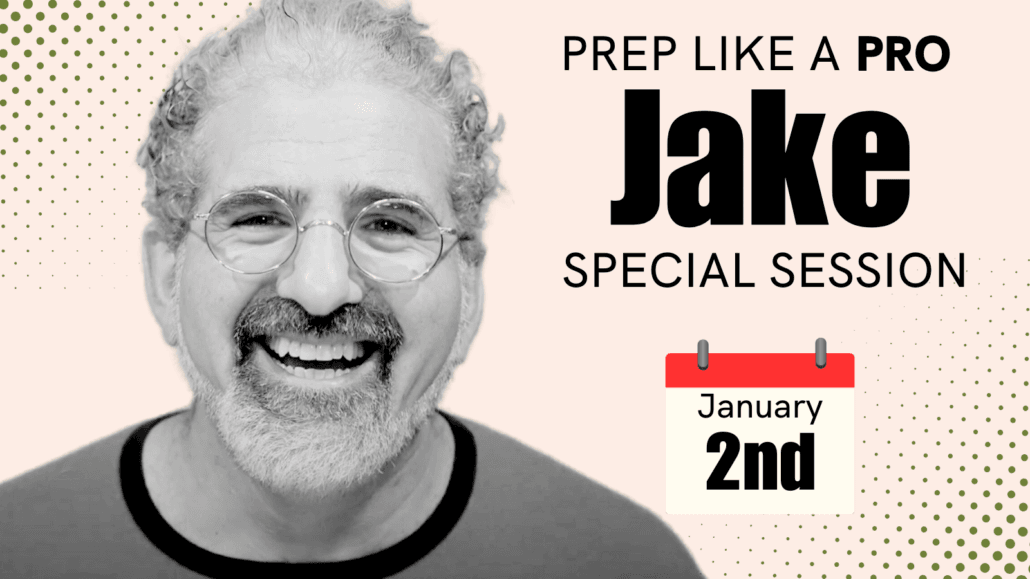[spb_text_block pb_margin_bottom=”no” pb_border_bottom=”no” width=”1/1″ el_position=”first last”]
Follow Your Character’s Want
By Jacob Krueger
[/spb_text_block] [divider type=”thin” text=”Go to top” full_width=”no” width=”1/1″ el_position=”first last”] [spb_text_block pb_margin_bottom=”no” pb_border_bottom=”no” width=”1/1″ el_position=”first last”]
Follow Your Character’s Want
If you’ve been following the advice of this article series, by this point a lot of things are probably be getting much clearer in your revision. Which means it’s probably time to start thinking about structure.
Oftentimes, in early drafts, we’re so concerned with what happens in our story (the plot) that we end up with stories that drive our characters, rather than characters that drive our stories.
The problem is that plot, on its own, is never interesting. Check out the synopsis of your favorite movie on IMDB.com and you’ll see what I mean. When boiled down to “what happens,” even a masterpiece like The Godfather becomes deadly boring.
People go to movies seeking an emotional experience. And delivering those emotions begins with delivering a character people can care about, root for, laugh or cry over. That doesn’t mean that your character has to be “likeable” (remember how we all rooted for Walter White in Breaking Bad). But it does mean that they have to be more than just an empty vessel hurled downriver by the rapidly flowing waters of your plot.
We need to see them make choices in relation to that plot that only they can make, fighting their way against the rapids and clawing their way up the rocky shore of their desires before they ever surrender to the current.
We need them to earn their happy endings, and their tragic defeats, by making daring choices neither we nor they could ever have imagined when they first set out on the journey.
We need to believe in them so that we can see ourselves in their shoes, and feel what it would be like to make those kinds of daring choices ourselves. That means they must be more than just victims of tragic circumstances or spoiled children favored by the winds of fate.
They must be people like us. People who want things. Because without that want to drive them, there are no choices to make.
The definition of a character is someone who wants something. Because the definition of a person is someone who wants something.
Structure in a movie is like the structure of life. It grows naturally out of the decisions you make (or fail to make) as you pursue the things you most desperately want.
The only difference is that, in a movie, those choices must happen quicker, taking place over a few pages, instead of a few years, so that our characters can go on the journey of a lifetime within the confines of 100 pages.
Which means that for a movie to move, we’ve got to turbocharge those wants and those decisions in our characters, allowing them to become so strong and so life-altering that they can carry us briskly from one scene to the next, allowing our characters to change in some small way in relation to the theme with every step they take.
Depending on your learning style and your experience as a writer, there are many ways to think about structure in a rewrite.
More intuitive writers often prefer the instinctual approach of meditative writing, following the deeper emotional needs that drive their characters at the subconscious level, rather than thinking intellectually about how their stories are built.
More analytical writers often find their structure through the fusion of art and craft, using theme, objectives, obstacles, image systems, dialogue, vignettes, charting, cuts, completions, hook, and other elements of organic structure we discuss in my Write Your Screenplay Workshops, to give shape to the raw material of their intuition and track their character’s journey in each scene, act, and moment of their movie.
And the most experienced writers learn how to bounce effortlessly between the intuitive and analytical parts of their minds, integrating analytical tools such as outlines, loglines, 7 Act Structure, and the advanced writing techniques taught in our Advanced Write Your Screenplay class, with the intuitive moment to moment work that leads to their best writing.
But wherever you are in your own journey as a writer, the process of discovering the structure of your movie always begins with your main character’s objectives: the specific things they desperately want that drive every action they take in the story and the underlying emotional needs that they consciously or unconsciously believe that having those things will fulfill.
Just as you should never write without a goal, your character should never enter a scene without one. And just as you should always intuitively feel the underlying need that drives the goal of your rewrite, your character should intuitively feel their own emotional need as they enter the scene.
So take a look at each scene in your movie, and ask yourself this simple question. What does your character want?
Sit with them a moment and see if you can feel the emotional need driving that want?
And then ask yourself if they’re trying everything they can to get that want fulfilled at every moment in that scene.
If they’re not, you know what you have to do. It’s time to write that scene again, in a way that’s driven by your character, rather than being hijacked by the characters and events around them.
It’s time to let them enter the scene driven by the energy of these desperate desires, fight it out for the things they want against the biggest of obstacles, and not stop until they either get it or until their greatest hopes are completely dashed.
Then notice how the completion of that first want and the need underneath it propels both you and your character into the next scene. And you’ll have taken the first and most important step to finding the real structure of your movie and solidifying the underlying backbone of your screenplay.
If you’re enjoying what you’re seeing here, like and follow.
And if you want to study with me then check out Thursday Night Writes. It is free! Every Thursday night at writeyourscreenplay.com/thursday.
*Edited for length and clarity
[/spb_text_block] [blank_spacer height=”30px” width=”1/1″ el_position=”first last”] [spb_text_block pb_margin_bottom=”no” pb_border_bottom=”no” width=”1/2″ el_position=”first”]
[sf_button colour=”accent” type=”sf-icon-reveal” size=”large” link=”https://www.writeyourscreenplay.com/2014/11/13/when-in-doubt-cut-it-out/” target=”_self” icon=”ss-left” dropshadow=”no” extraclass=””]PREVIOUS ARTICLE[/sf_button]
[/spb_text_block] [spb_text_block pb_margin_bottom=”no” pb_border_bottom=”no” width=”1/2″ el_position=”last”]
[sf_button colour=”accent” type=”sf-icon-reveal” size=”large” link=”https://www.writeyourscreenplay.com/2014/11/27/revision-tip-9-rewrite-blank-page/” target=”_self” icon=”ss-right” dropshadow=”no” extraclass=””]NEXT ARTICLE[/sf_button]
[/spb_text_block]



